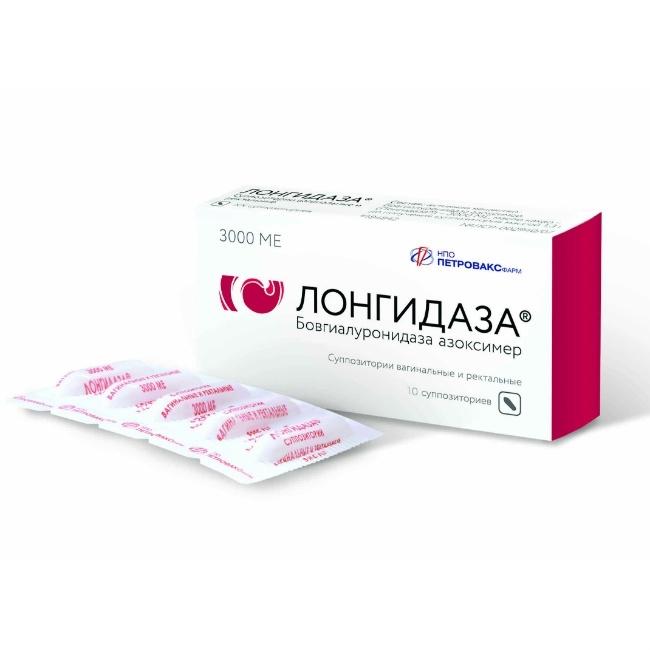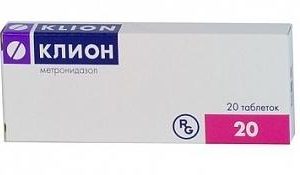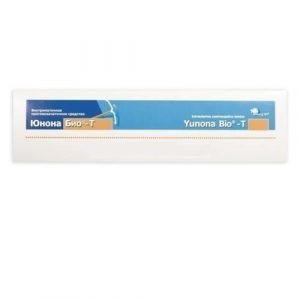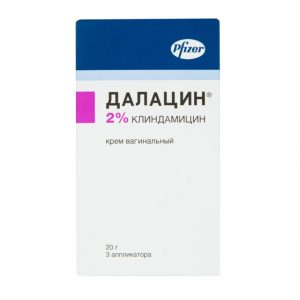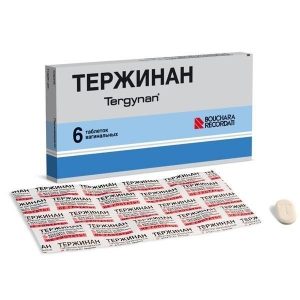Description
Latin name
Longidaza
Release form
Suppositories for vaginal or rectal use
Packing
10 pcs
Pharmacological action
Lokoid – local anti-inflammatory, antipruritic, decongestant.
Pharmacodynamics
Lokoid ® is a synthetic non-halogenated GCS for external use. The esterification of the hydrocortisone molecule with the remainder of butyric acid (butyrate) allowed a radical increase in the activity of the drug compared to native hydrocortisone. Lokoid ® has a fast onset anti-inflammatory, decongestant, antipruritic effect.
The use of Lokoid ® in recommended doses does not cause suppression of the hypothalamic-pituitary-adrenal system.action
Longidase is a drug with proteolytic activity.
Possesses the enzymatic proteolytic (hyaluronidase) activity of the prolonged action, chelating, antioxidant, immunomodulating and moderately expressed anti-inflammatory action.
The prolonged action is achieved by covalent binding of the enzyme to a physiologically active high molecular weight carrier (activated poly-1.4-ethylene piperazine N-oxide derivative, an analog of polyoxidonium), which has its own pharmacological activity.
Longidase exhibits antifibrotic properties, weakens the course of the acute phase of inflammation, regulates (increases or decreases, depending on the initial level) the synthesis of inflammatory mediators (interleukin-1 and tumor necrosis factor-alpha), increases the humoral immune response and the body’s resistance to infection.
The pronounced antifibrotic properties of Longidases are provided by conjugation of hyaluronidase with a carrier, which significantly increases the enzyme’s resistance to denaturing and inhibitory effects.
The enzymatic activity of Longidase is maintained when heated to 37 ° C for 20 days, while native hyaluronidase under the same conditions begins to lose its activity during the day.
In the Longidaza preparation, the simultaneous local presence of the proteolytic enzyme hyaluronidase and a carrier capable of binding the inhibitors of the enzyme and collagen synthesis stimulators (iron, copper, heparin ions) released during hydrolysis of the matrix components is ensured. Due to the indicated properties, Longidaza possesses not only the ability to depolymerize the connective tissue matrix in fibro-granulomatous formations, but also suppress the reverse regulatory reaction aimed at the synthesis of connective tissue components.
A specific substrate for testicular hyaluronidase is glycosaminoglycans (hyaluronic acid, chondroitin, chondroitin-4-sulfate, chondroitin-6-sulfate), which form the basis of the connective tissue matrix. As a result of depolymerization (breaking the connection between C 1 acetyl glycosamine and C 4 glucuronic or industrial acid), glycosaminoglycans change their basic properties: viscosity decreases, the ability to bind water, metal ions decreases, the permeability of tissue barriers temporarily increases, the movement of fluid in the intercellular space is facilitated, the elasticity of the connective tissue increases, which manifests itself in a decrease in swelling of the tissue, flattening of scars, an increase in the volume of movement of the joints, a decrease in contractures and the prevention of their formation, and a decrease in adhesions.
Biochemical, immunological, histological and electron microscopic studies have shown that Longidase does not damage normal connective tissue, but causes destruction of the connective tissue, which has changed in composition and structure, in the area of fibrosis.
Longidase does not have a mutagenic, embryotoxic, teratogenic and carcinogenic effect.
The use of Longidase in therapeutic doses during or after surgical treatment does not cause deterioration of the postoperative period or the progression of the infectious process does not slow down bone restoration.
Indications
Adults and adolescents over 12 years of age as monotherapy and as part of the complex treatment of diseases accompanied by connective tissue hyperplasia (including and against the background of the inflammatory process).
Longidaza is also used to increase the bioavailability of antibiotic therapy in urology, gynecology, dermatovenerology, surgery and pulmonology.
In urology:
Chronic prostatitis.
Interstitial cystitis.
Strictures of the urethra and ureters.
Peyronie’s disease.
The initial stage of benign prostatic hyperplasia.
Prevention of scarring and stricture after surgery on the urethra, bladder, ureters.
In gynecology:
Prevention and treatment of adhesions in the pelvis in chronic inflammatory diseases of the internal genital organs.
Prevention and treatment of adhesions in the pelvis after gynecological manipulations (including artificial abortion, previous surgery on the pelvic organs).
Intrauterine synechia.
Tubal peritoneal infertility.
Chronic endomyometritis.
In dermatovenerology:
Limited scleroderma.
Prevention of fibrotic complications of sexually transmitted infections.
In surgery:
Prevention and treatment of adhesions after surgery on the abdominal organs.
Long-term healing wounds.
In pulmonology and phthisiology:
Pneumofibrosis.
Siderosis.
Tuberculosis (cavernous fibrous, infiltrative, tuberculoma).
Interstitial pneumonia.
Fibrosing Alveolitis.
Pleurisy.
Contraindications
Malignant neoplasms.
Pregnancy (no clinical experience).
Children under 12 years of age (the efficacy and safety of the drug have not been studied).
Hypersensitivity to the drug.
Increased individual sensitivity to drugs with hyaluronidase activity.
Use with caution and not more than 1 time per week in patients with renal failure, a history of pulmonary hemorrhage.
Use during pregnancy and lactation
The drug is contraindicated in pregnancy.
Data on the safety of the drug during lactation were not provided.
Longidase has no embryotoxic and teratogenic effects.
Composition
1 suppository contains:
Active ingredient:
conjugate of hyaluronidase with an oxide copolymer, 1, 4-ethylene piperazine and (N-carboxymethyl) 1,4-ethylene piperazine bromide 3000 IU
Excipient:
cocoa butter – to obtain a 1.3 g suppository
Dosage and administration
Rectally, 1 suppository 1 time per day after bowel cleansing.
Vaginally, 1 time per day (at night) 1 suppository is introduced into the vagina in the supine position.
Longidaza ® Suppositories 3000 ME is recommended in a course of 10 to 20 injections.
The schedule of administration is adjusted depending on the severity, stage and duration of the disease: Longidaza ® is prescribed every other day or with interruptions of 2-3 days.
Recommended regimens and doses:
in urology: 1 suppository every other day – 10 injections, then after 2-3 days – 10 injections, with a general course of 20 suppositories.
in gynecology: rectally or vaginally, 1 suppository after 2 days – 10 injections, then, if necessary, maintenance therapy
in dermatovenerology is prescribed: by the suppository after 1-2 days – 10-15 injections
in surgery: by suppository after 2-3 days – 10 injections of
in pulmonology and phthisiology: for a suppository in 2 4 days – 10 20 introductions.
If necessary, a repeated course of Longidase ® is recommended no earlier than 3 months or long-term maintenance therapy – 1 suppository once every 5 7 days for 3-4 months.
Side effects
Rarely – allergic reactions with increased individual sensitivity.
Drug Interaction
When using Longidase in patients receiving salicylates, cortisone, ACTH, estrogens or antihistamines in high doses, the effectiveness of the hyaluronidase enzyme may be reduced.
When administered in combination with other drugs, the possibility of increasing their absorption (bioavailability) and enhancing systemic action should be considered.
Storage Conditions
Store in a light, dry, place at a temperature of + 8 ° C to + 15 ° C.
Shelf life
2 years.
Deystvuyushtee substance
Bovgialuronidaza azoksimer
dosage form
rectal suppositories
Prescribing
Prescribing
Prescribing a doctor, Adults sdlkp sdlfp4 Prescribing
For children over 12 years of age, Children as prescribed by a doctor, Adults as prescribed by a doctor
NGOs Petrovax Farm, Russia
